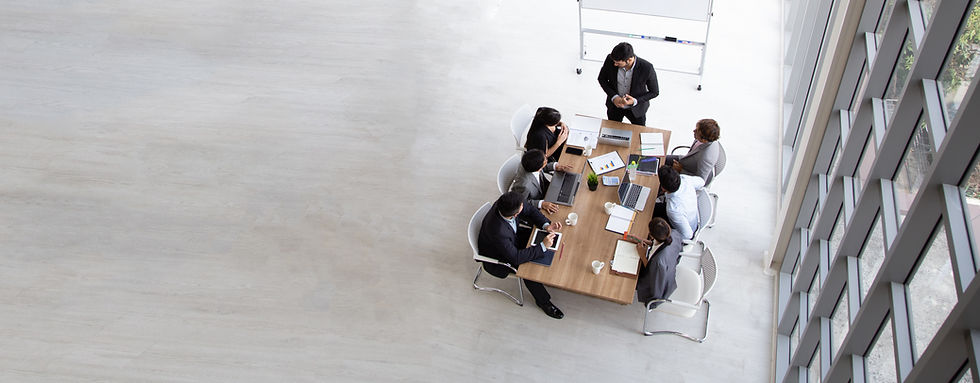"How does this work?"
- Treva Anderson

- Oct 18, 2021
- 2 min read
Updated: Apr 15
How exactly do you help athletes?

One of the frequently asked questions I get is related to how I determine what to do and how to start helping a new client. Typically, it sounds something like, “How does this work?”
While there are a few instances where the situation is different, most of the time I stick to a standard way of beginning work with a new client. So, in case you are considering working with me, or are just curious about how consulting with a sport psychology professional works, here’s a few highlights of the process.
When I start working with a new organization or individual, I prefer to start with an assessment. The assessment process varies depending on the client. When I work with groups, I prefer to gather information through formal surveys or questionnaires. This allows me to listen to most of the voices. Depending on the complexity, I also request focus groups to help me learn the most possible about the people as well as the pain points, they struggle with. Focus groups allow me to ask further questions that need to be expanded on.
When I am working with an individual seeking to maintain or improve their performance, I use a similar process to assess where to start. There are a few specific questionnaires I prefer to use. These allow me to determine strengths to build upon and leverage to overcome any areas of challenge. Once I can get a broad perspective on the psychological skill levels, then I use a targeted questioning approach to fill in any gaps of knowledge about my client.
My experience tells me this approach allows me to develop a comprehensive plan to coach mental and emotional skill and habit development. The typical assessments take 10-15 minutes to answer, and about 30 minutes for me to score and develop a plan from. For this reason, I ask my clients to take the assessment in advance of the session, so I have enough time to conduct the proper scoring and determinations.
Once we determine the mental skills that need to be improved, I work with the client to develop goals and plans to practice the new ways of thinking and responding. Focusing on process goals allows us to determine when to do what, and how to know when the skill has improved. I use homework as a method to encourage tracking of thoughts and reactions, as well as progress in changing responses. Journaling is also encouraged as a way to keep my clients reflecting on positive change and any areas holding them back.
The best feedback is after my clients have tracked their thoughts & reactions for a few weeks and they can determine when and how to use the new skills. Just like any new skill, the understanding of when to use leads to the correct application of the skill in real life scenarios.
Working on improving your thoughts and emotional reactions takes some effort – and it’s worth it when you can feel confident during high pressure moments, learn from your experiences, and feel more mentally tough.
To learn more about the process and to ask for specifics for your situation, send me an email; aperformancemindset@gmail.com




Comments